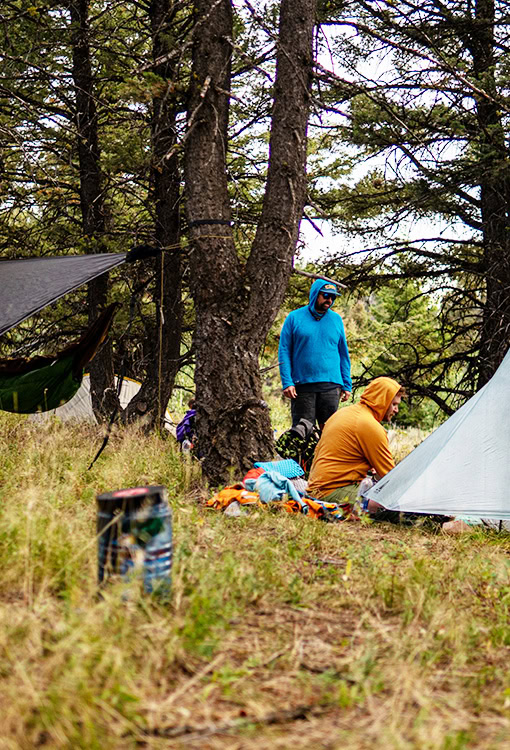
YARD SALE ON THE CDT
Shake-Down Hikes: Testing Your Gear and Stamina
Whether you’re gearing up for a thru-hike or just wanting to refine your kit, shake-down hikes are the best bang for your buck when it comes to intentionally testing out gear and your physical endurance.
Shake-Down Hikes
Shake-down hikes are an essential part of preparing for a thru-hike. These practice hikes give you a chance to test your gear, refine your packing strategy, and assess your physical readiness. Think of them as trial runs where you can make adjustments and catch potential issues before you’re days into a long trail with limited options for resupply or replacement. The Shake-down allows you to see what you’re carrying that you could probably leave at home and isn’t relegated to just new backpackers.. No matter your wisdom in the backcountry a shake-down serves anyone that is testing new methods and gear.
It’s good to go at least 6-10 miles a day on your shakedown hike as this will give you enough time with your pack on and packed to see if there’s any tweaking that needs to be done. This is a great time to establish whether or not your pack fits you correctly and determine if you have the right torso and hip-belt size. Familiarizing yourself with setting up your shelter and sleep system is essential before heading out into the backcountry, especially if you’re trying out trekking pole tents and quilts for the first time.
Here’s how to make the most of your shake-down hikes:
1. Start with Short Overnights and Weekend Trips
Begin with short, manageable trips, ideally one or two nights, that let you test all your equipment under real conditions. Start on easier trails with less challenging terrain and gradually progress to multi-day hikes with more elevation gain. These hikes will reveal what works and what needs adjustment without the stakes of a full thru-hike. When it comes to testing your shelter and sleep system pitching in the backyard if possible is a great way to test bad weather without too much risk involved.
2. Test All Your Gear
Shake-down hikes are invaluable for discovering gear quirks or discomforts. For each hike, bring all the gear you plan to carry on your thru-hike, from your backpack and tent to your cooking system and water filtration. Pay attention to the following:
- Backpack Fit and Weight: Make sure your pack fits comfortably with all your gear inside. Adjust straps to avoid hotspots on your shoulders and hips. If you’re using a ULA backpack we’re more than happy to answer any questions about making adjustments on your pack just send us an email.
- Shelter Setup: Practice setting up your tent or tarp quickly. If you’ll be camping in varied weather conditions, use shake-down hikes to test how well your shelter handles wind and rain.
- Sleeping System: Spend a night in your sleeping bag or quilt and pad, ideally in a range of temperatures to ensure they keep you comfortable and warm. Be sure to keep in mind your layering system when testing this.
- Cooking and Hydration: Test your stove, pot, and utensils for cooking ease, and make sure you can filter water quickly and reliably. A slow flowing filter is a pain in the butt.
3. Refine Your Packing System
Shake-down hikes are perfect for streamlining your pack. You’ll quickly identify what’s essential versus what’s weighing you down. After each shake-down, review what you actually used and consider leaving behind any “just in case” items that didn’t get used (outside of emergency essentials). Keeping a lighter, well-organized pack makes a significant difference in your comfort and efficiency on the trail. You might discover you didn’t need 3 pairs of underwear after all.
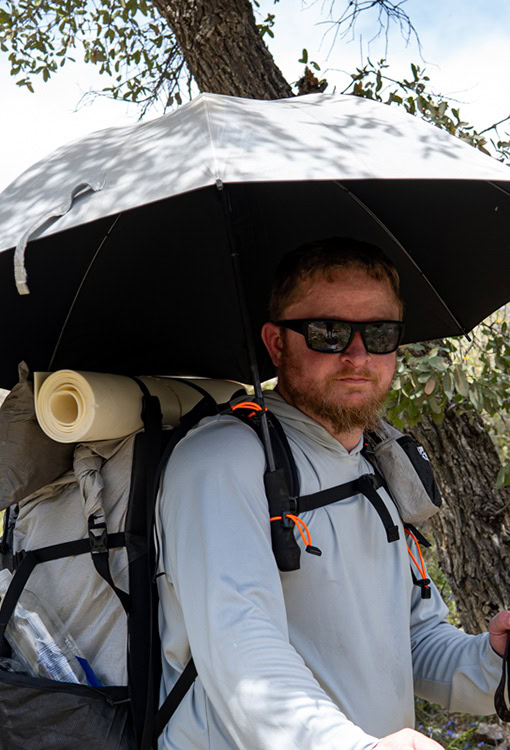
SHAKE-DOWNS LET YOU TRY NEW THINGS
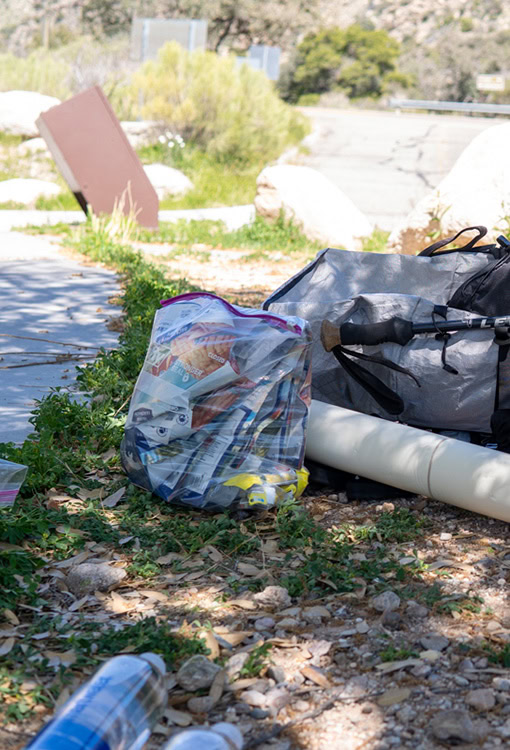
SHAKE-DOWNS ARE GREAT FOR YOUR MEAL PLAN
4. Adjust Your Daily Mileage and Pacing
Shake-down hikes also help you find your ideal daily mileage and pace. On your first few shake-down hikes, start with shorter days to understand how many miles you can comfortably hike with your loaded pack. Over time, you can gradually increase your mileage and test different hiking speeds. This helps you establish a sustainable pace that won’t lead to early burnout on your thru-hike. Be sure your pack is loaded with all the gear you plan on starting out with on your thru-hike as well as a full sized resupply. Be sure to keep in mind the differences in terrain between where your shake-down is vs. where you’ll be thru-hiking. If you live in Texas and are getting ready to hike the Appalachian Trail, there is a clear elevation difference. You should still train as much as you can, but be realistic with how many miles you’re hiking at home and how many you’ll hike on trail. 12 miles in Texas is not the same as 12 miles in Georgia.
5. Build Confidence with Navigation and Trail Skills
Shake-down hikes are an excellent opportunity to hone your navigation skills. Practice using maps, compasses, and GPS if you plan to rely on them. Be sure you have all sections of trail downloaded before leaving for your trip if you plan on using apps like FarOut or Alltrails. There are plenty of guidebooks like AWOL’s for the Appalachian Trail. Additionally, familiarize yourself with campsite selection, Leave No Trace principles, and the rhythms of setting up and breaking down camp efficiently. Feeling confident in these skills will make you more self-sufficient and prepared for any challenges.
6. Evaluate and Make Adjustments
Each shake-down hike is a chance to learn and improve. After each hike, take notes on what worked well and what didn’t. Did your footwear cause blisters? Was your water filter too slow? Did you carry too much food? Use these insights to make changes and fine-tune your setup until you’re confident and comfortable with your gear and hiking system.
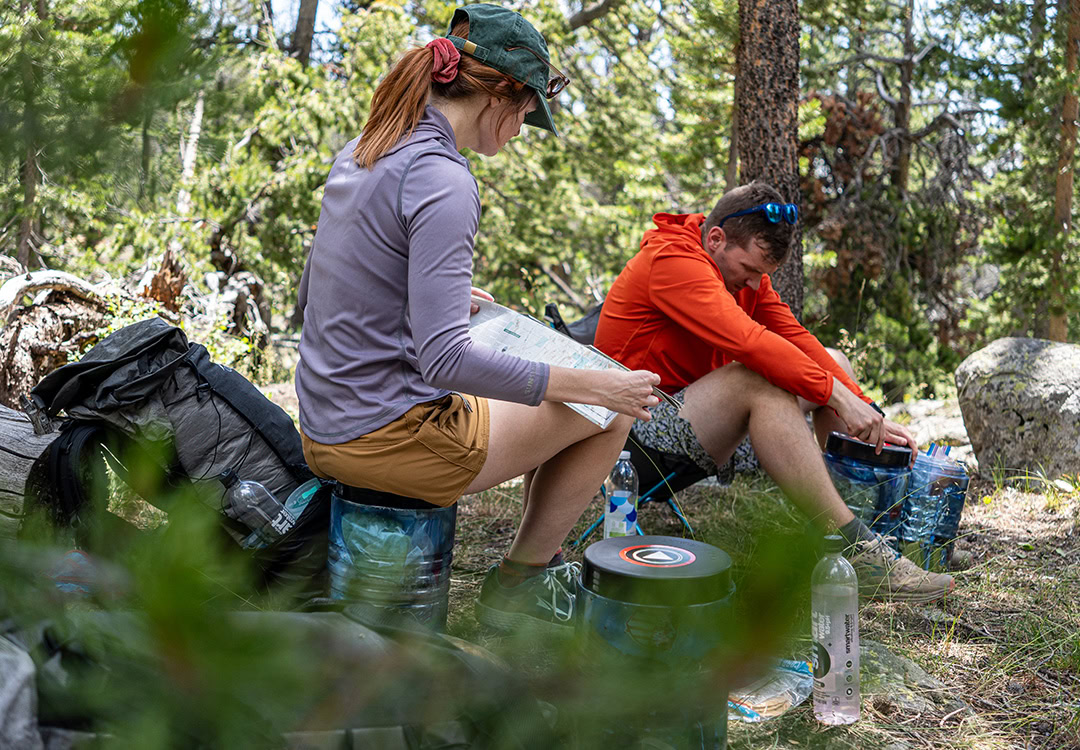
BOTH PAPER MAPS AND GPS WERE USED ON THIS TRIP AS SKILL BUILDING COUNTERPARTS
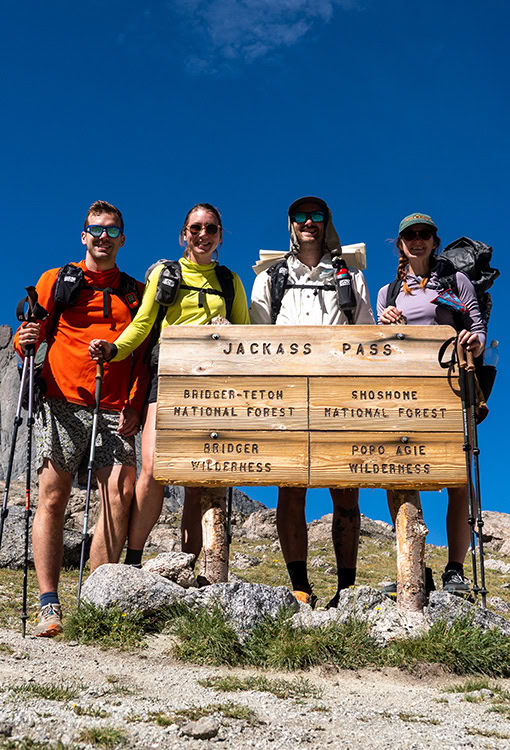
SHAKE-DOWNS CAN BE REAL TRIPS, TOO!
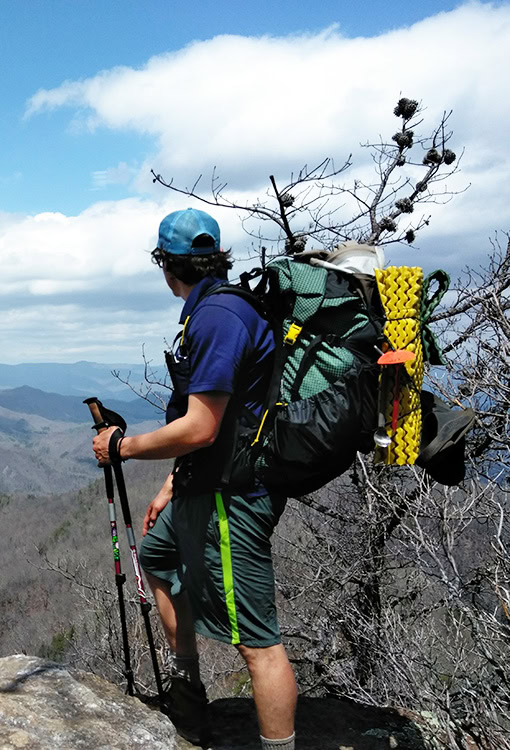
BELIEVE IT OR NOT THIS WAS POST GEAR SHAKE-DOWN!
7. Prepare for a Variety of Conditions
If possible, schedule shake-down hikes in various weather conditions, from hot and sunny to cold and rainy. Testing yourself and your gear in different environments will give you a realistic picture of what to expect on a thru-hike, especially when facing consecutive days of challenging weather. This helps you prepare mentally and physically for the unpredictability of the trail.
A good tip if you’re testing something new in the kit that’s a little out of the comfort zone is to bring the original piece of gear along with the new one to add a safety buffer. For example, if you’re wanting to try out a tarp but are only familiar with free standing tents, bring both, if the new piece of gear is too far out of your comfort zone you can always switch back. Safety is the most important aspect of any venture into the backcountry and in this house, we leave our egos at the door.
Shake-down hikes are like mini-adventures that prepare you for the real journey ahead. They allow you to step into the thru-hiker mindset, refine your pack and skills, and build the confidence you’ll need when you set foot on the trail for the long haul.
ADVANCED
Once you have you have your kit dialed in and are ready for the next phase you can start challenging yourself in more ways than you might have thought. You can test how quickly you can break camp down and get on trail in the mornings. Carry some food bars and eat while walking to see how long you can walk without taking a break. Leave your cook kit at home and go stoveless for a trip. Set out in conditions that allow you to cowboy camp and bring only a tarp in case weather pulls in. Test out a Siesta 1/8th inch foam pad on a trip, you probably won’t like it, but at least you found out before you started your thru-hike.
Many hikers have been forced off trail due to poor preparation with their gear and setting themselves up for a miserable experience. It is paramount that you take time to familiarize yourself with your gear and how to use it before setting off on a thru-hike. Be honest with yourself on your comfort zone and gear choices. Don’t opt for everything Ultralight if you’re not prepared to use it. Make sure you have a trustworthy system that you’re comfortable in.
SHAKE-DOWN HIKES ARE ALL YOU NEED FOR A MORE DIALED IN KIT AND EFFICIENCY ON TRAIL.


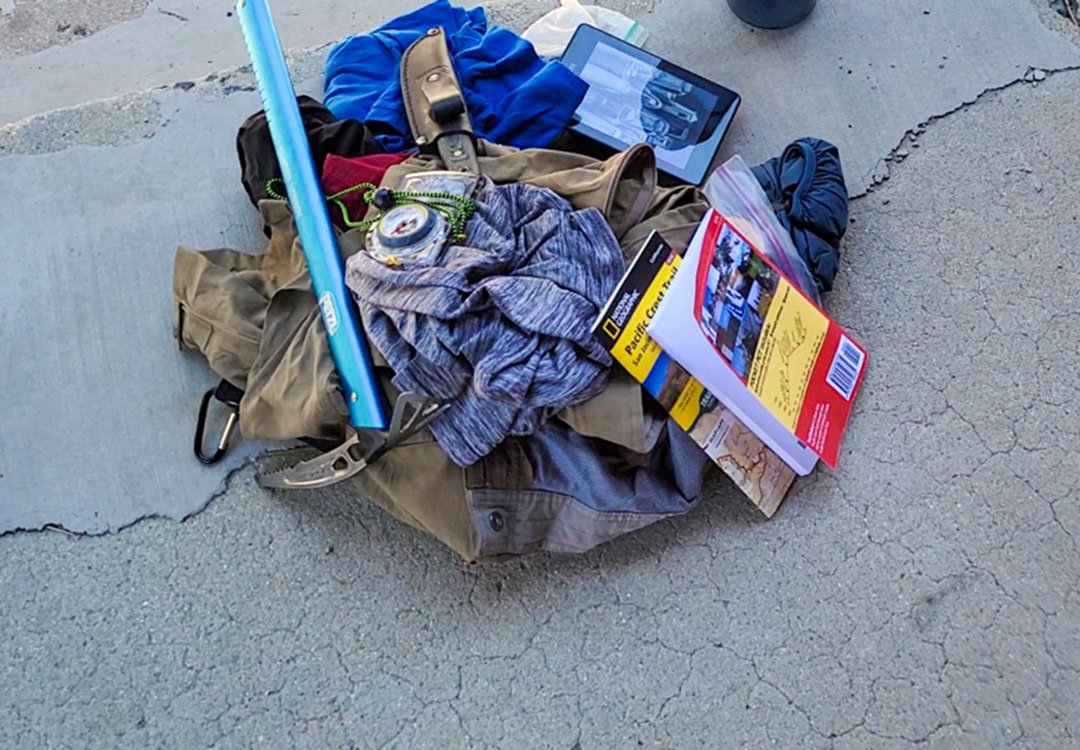
0 Comments